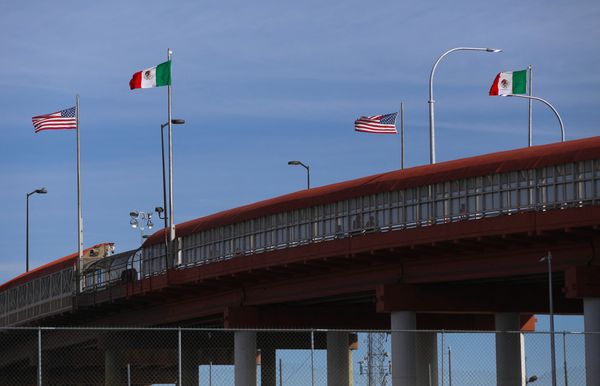The Federal The Federal Reserve delivered its third major rate hike in succession Wednesday, extending what is now the most aggressive tightening on record, while adding it sees "ongoing increases" in the months ahead despite a weakening forecast for the world's biggest economy.
The Fed lifted its Fed Funds rate by 75 basis points, matching the biggest move since 1994 as well as two similar moves earlier this year, to a range of 3% to 3.25%, and said further near-term rate moves would be needed in order to combat the faster since the early 1980s.
Fed Chairman Jerome Powell had said last month that taming the fastest inflation in more than four decades would requite "some pain" for the world's biggest economy, although today's statement indicated that Fed officials noted a "robust" job market and "modest growth in spending and production."
Markets are now pricing in a 'peak" Fed Funds rate of around 4.6% in the first quarter of next year even as it sees an unemployment rate of only 4.4% in 2023, with the earliest rate cut not anticipated until at least 2024.
"Inflation remains elevated, reflecting supply and demand imbalances related to the pandemic, higher food and energy prices, and broader price pressures," the Fed said. "In assessing the appropriate stance of monetary policy, the Committee will continue to monitor the implications of incoming information for the economic outlook."
"The Committee would be prepared to adjust the stance of monetary policy as appropriate if risks emerge that could impede the attainment of the Committee's goals," the statement added. "The Committee's assessments will take into account a wide range of information, including readings on public health, labor market conditions, inflation pressures and inflation expectations, and financial and international developments".
U.S. stocks turned lower following the Fed decision, but gathered some gains as Powell spoke to the media in Washington, with the Dow Jones Industrial Average up 150 points down on the session and the S&P 500 rising 29 points. Benchmark 10-year Treasury note yields were pegged at 3.54%.
The U.S. dollar index, meanwhile, rose 1.1% to a near 20-year high against a basket of its global peers to change hands at 111.245 in the immediate wake of the Fed announcement as benchmark 2-year note yields jumped to a late 2007 high of 4.121% before easing to 3.993% as Powell spoke to the media in Washington.
"Fed officials are anxious not to let an inflationary mindset take root. The longer inflation is high, the greater the risk that the public will start to just naturally incorporate higher inflation into its economic decision-making," said Jan Szilagyi, co-founder and CEO of investment resreach gorup Toggle AI.
"Public and market tolerance for tighter monetary policy is far higher with the unemployment rate below 4%, a historic low," he added. "When it eventually rises above 5%, the Fed will face more pressure to take into account the tradeoffs between employment and inflation."







